20th, August 2019 | Oh Jinna
How to Find the Right Contact Lenses for You
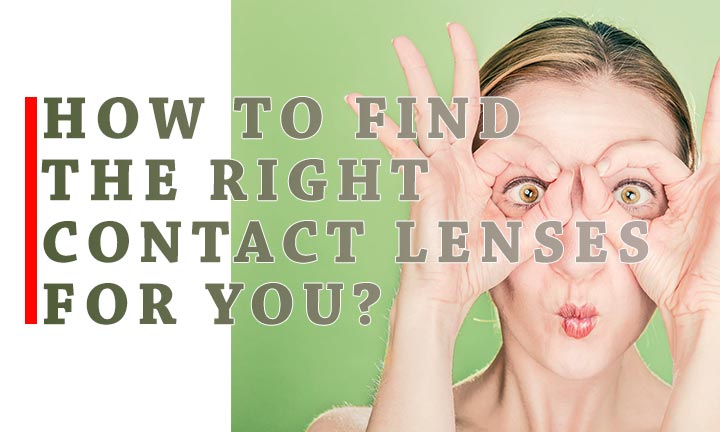
With all the available contact lenses options to choose from, it might seem daunting to decide which kind is best for you.
However, once you become familiarized with their different advantages, it won’t be hard for you to determine your perfect fit.
So we’ve rounded up the kinds of contact lenses that you can use to suit your needs and preferences.
First things first. There are two basic types of lenses that you can choose from: soft and hard lenses.
Choosing the right permeability of your lenses depends not only on your preferences but also on the outcome of your eye exam.
There are several things to consider before you decide on getting either the soft lenses or hard lenses. We’ll summarize the things you need to know about these lenses:
Soft contact lenses

Soft lenses are made of soft and flexible materials that are designed to allow oxygen to easily flow through the eyes.
The plastic’s characteristics increase comfort and maintain eye health. Aside from its generally more pleasant feeling, soft lenses are also easier to apply.
That is why majority of contact lenses users prefer to use soft contact lenses over the hard ones.
This type of lens can be disposable, which is an advantage if you prefer using fresh and scratch-free lenses every now and then.
Hard contact lenses
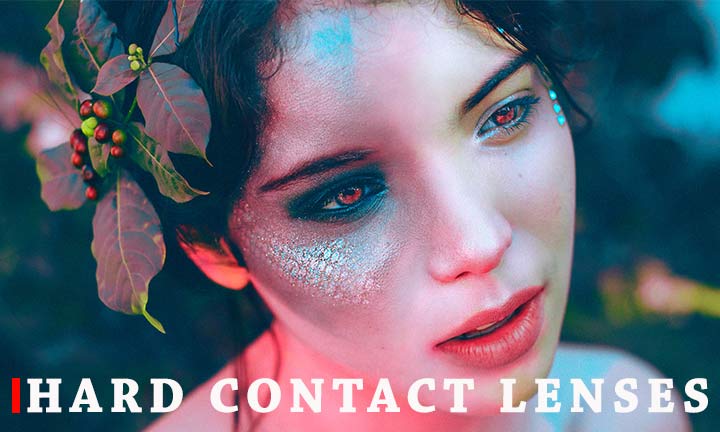
Hard contact lenses or rigid gas permeable (RGP) contacts are made of durable plastic designed for a long-lasting effectiveness.
This type of lens can retain its natural shape in your eyes even when you blink.
Because of its firm plastic material, it can help achieve a clearer and sharper vision compared to soft contact lenses.
Additionally, RGP lenses are less expensive than soft contact lenses in the long run because it’s made to last long.
However, it can take a while to get used to wearing this type of lens. After all, this one has more rigid feeling and can easily dislodge from the center of the eye.
To grow accustomed to RGP lenses, it’s necessary to wear them consistently (though not necessarily every day).
RGP lenses are suitable for those who have the following conditions:
Astigmatism – RGP lenses produce a better visual acuity than soft contact lenses.
Presbyopia – With the lenses’ numerous bifocal and multifocal designs, it’s easier for farsighted people to select the designs that suit well for them.
Keratoconus – RGP lenses are usually the preferred treatment for people with keratoconus. The components of this lens provide adequate vision correction.
After you decide between soft and hard contact lenses, it’s now time to select from the different categories of lenses available. These categories can vary in functionality.
Thus, it’s best to consult your eye doctor first and know your condition before you jump right in selecting one.
Here are the categories of contact lenses you can choose from:
Daily wear contact lenses
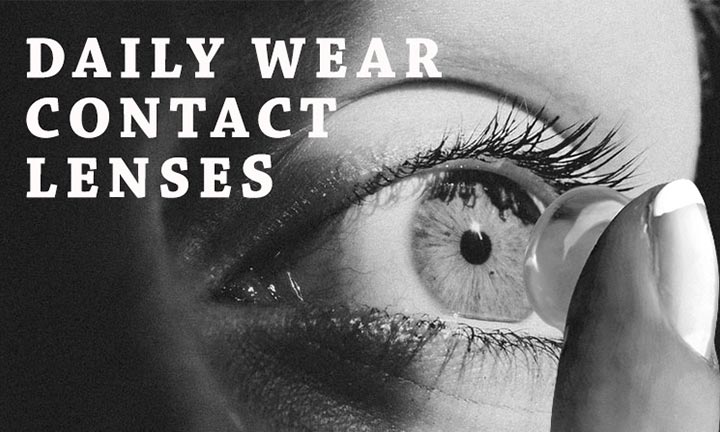
The least expensive option you have, daily wear contact lenses are meant to be removed and disinfected at the end of the day. It is also a must to replace one on a set schedule.
The replacement time, which is between two weeks to three months, can depend on the brand and type of lens.
Best for: people who are looking for a cheaper alternative
Disposable contact lenses
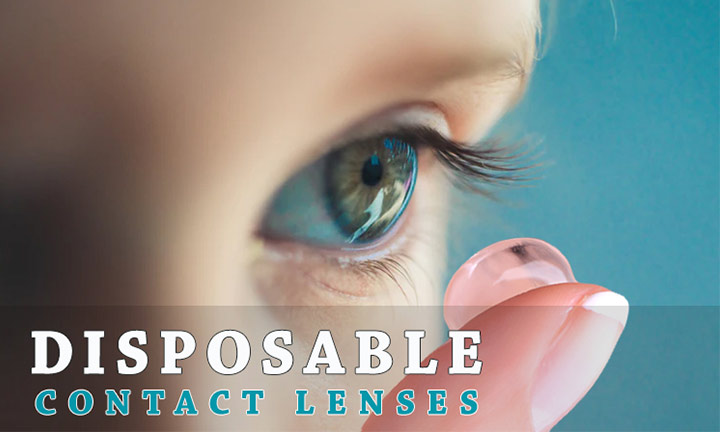
Don’t confuse this type of contact lens with daily wear lenses. This type of lens is meant to be removed and discarded at the end of each day.
Because it’s only meant for a one-time use, you need another fresh one to apply on the next day.
There are multiple advantages in using single-use lenses. One of these is that natural substances from your tears can stick and accumulate on your lenses.
Thus, the level of comfort diminishes the more often you use the lens. The fresher your lenses are, the better and the less prone you are to infection.
Best for: people who want to keep their lenses always new and fresh
Extended wear contact lenses
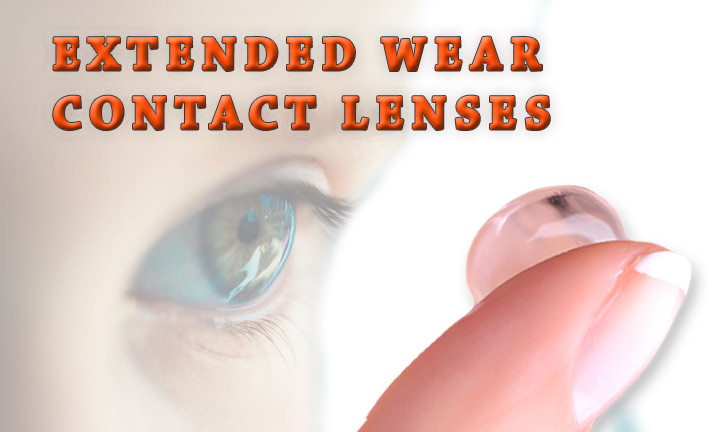
With extended wear (EW) contact lenses, it’s okay to let them stay in your eyes for an extended period of time.
The materials in this lens allow the eyes to breathe better, even if you wear it overnight.
Like any other types of lenses, you must also disinfect EW lenses at least once a week for optimum capacity.
However, even though it is designed for a safe overnight wear, experts still don’t recommend continuously wearing it when sleeping.
Studies have shown that people who slept with their lenses on have a greater risk of getting an eye infection.
During a busy day, bacteria and possibly harmful microorganisms can adhere to your lenses.
Without removing and cleaning it, bacteria can grow and infections can develop while you are in a deep slumber.
Absolutely no one wants to wake up with red and infected eyes.
Best for: people who are mostly busy and often forget to remove and disinfect lenses
Toric contact lenses
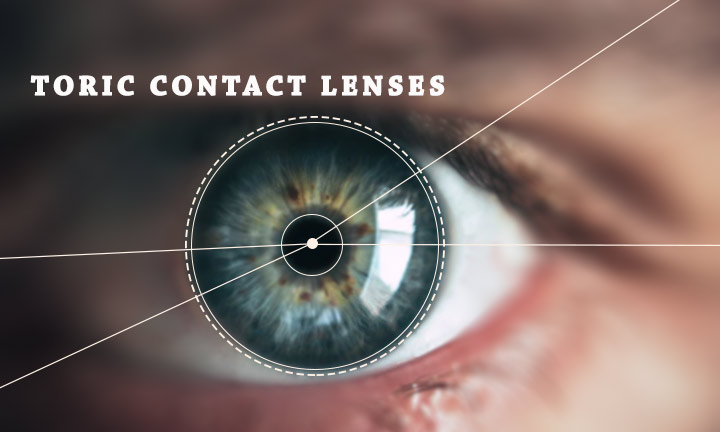
Toric contact lenses are lenses that are specially created and designed to correct astigmatism. Astigmatism is a condition that causes blurred vision due to an irregularly shaped cornea or lens.
Therefore, toric lenses are different in shape compared to corrective lenses for myopia and presbyopia.
Toric lenses have different corrective powers in different meridians, depending on the severity of the astigmatism.
It is necessary to align toric lenses with the proper meridians of the eye to prevent blurry visions.
Because toric lenses have more complex designs, it is more costly to get the ones that best fit your needs.
Best for: people with astigmatism
Colored contact lenses
You can wear colored contact lenses for purely cosmetic purposes or correct vision problems. There are a wide array of available shades to choose from.
Colored lenses can dramatically change the color of your eyes, from bold to subtle and anywhere in between.
Just like a regular contact lens, colored contact lenses are safe to use as long as you handle and care for it properly.
Browse our colored contacts collection here.
Best for: people who want to try out new looks and create dramatic statements
Multifocal contact lenses
People with presbyopia or farsightedness have a hard time focusing on objects that appear nearer in sight.
Multi focal contact lenses can correct farsightedness through allowing the eyes to properly focus on both near and distant objects.
Basically, this type of lens has multiple prescriptions and lens powers in one to allow a natural viewing experience, whether the object be near or far.
Good for: older people with presbyopia
Final Thoughts
Before you buy a lens, remember to check with your eye doctor first if it is really suitable for your lifestyle and eye condition.
Contact lenses are not a one-size-fits-all thing. Just because a type of lens works well for someone does not mean that it would also work for you.
If you have read the advantages of the various lenses above, you would already might have a preference in mind.
Want to know more about proper caring for contact lenses? We’ve got you covered. Visit our blog to read more.
References:
“Soft Contact Lenses Vs. Hard Contact Lenses” https://www.stantonoptical.com/blog/hard-vs-soft-contact-lenses/
“How to Choose the Right Contact Lenses” https://www.everydayhealth.com/vision-center/lenses-and-beyond/contact-lens-options.aspx
“Daily disposable contact lenses: pros and cons” https://www.allaboutvision.com/contacts/disposable.htm
“Contact lenses for astigmatism: Toric, GP and hybrid lenses” https://www.allaboutvision.com/contacts/torics.htm

Leave a Reply
You must be logged in to post a comment.